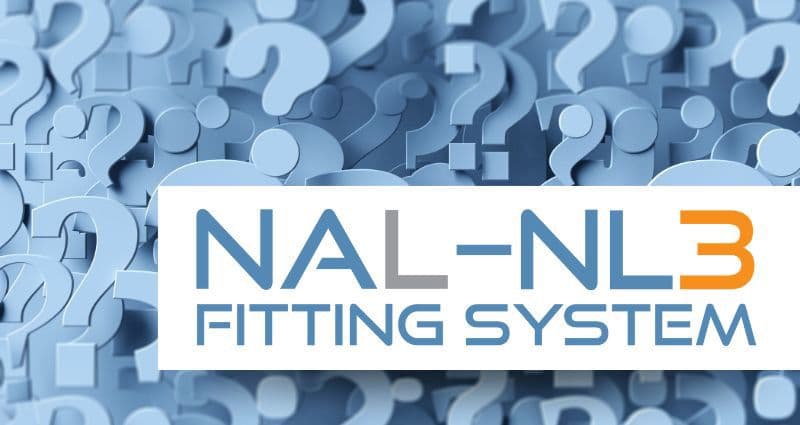Step 1: Match Your Patient’s Tinnitus
Before testing, consult with your patient to understand what they’re experiencing with their tinnitus and how you might best replicate it within the tinnitus test. Select the transducers you’re using and the ear/ears you’re testing. Then, select your starting stimulus. There are 5 starting sounds to choose from: Ringing, Whistling, Hissing, Roaring, or Humming.
Play the sound for the patient at a slow tempo so that the patient can go back and forth listening to their tinnitus and the sound you are generating. Adjusting the level, pitch, bandwidth and slope of the sound stimulus until it matches the patient’s tinnitus. Once you and the patient have finalized the sound, select the Pitch button at the bottom of the right-side panel to lock in the sound. The checkmark beneath the button should go from gray to black when you lock in the replicated sound.
Step 2: Find the Threshold Match of the Replicated Stimulus
With the patient’s replicated tinnitus now saved, slowly lower the level of the stimulus until the patient can no longer hear the sound you’re presenting - this is the threshold match. Select the Threshold button to save the threshold and continue with the test. When acquiring the threshold, it is recommended that the sound being generated has a large tempo for comparison of the sound to the tinnitus (much like in pitch matching).
We perform a threshold match in order to determine the relative level of the tinnitus sound that the patient is perceiving. We do not want to use the audiometric points because the tinnitus sound can be more complex than the standard audiometric tone points. The pitch many times will not be located at an octave or inter-octave. A threshold for the specific tinnitus sound will provide an accurate relative level the patient is experiencing.
Step 3: Identify the Minimum Masking Level
After saving the threshold match, it is time to determine if a minimum masking level may be determined for the patient’s tinnitus. To do so, lower the tempo so that the stimulus being played is constant. You can then determine the type of masking stimulus you would like to use. We offer the same signal with center tone, adjustable signal without a center tone and broadband stimulus. The stimulus type is clinician preference. Once your masking stimulus is chosen, slightly raise the level of the stimulus and adjust the slope and bandwidth to create a sound that masks the patient’s peripheral tinnitus. Click the MML button to save the signal that masks the patient’s tinnitus for at least 60 seconds. The goal is to determine if the tinnitus can be masked to determine if they are viable candidates for hearing aid maskers. At the end of the masking presentation you should make a determination of whether you were able to achieve complete, partial or no masking of the patient’s tinnitus.
Try the Tinnitus Test Today
The tinnitus test is a unique tool that can help hearing care professionals provide more comprehensive and effective care for tinnitus patients. In an online demo, our experienced training professionals can walk you through the test, allowing you to ask questions and try specific use cases, tailored for the patients you see in your practice.
Your patients deserve quality tinnitus treatment. If you’re interested in learning more about the tinnitus test, equipment compatibility, or to book an in-depth demonstration, give us a call at (888) 392-1234.



